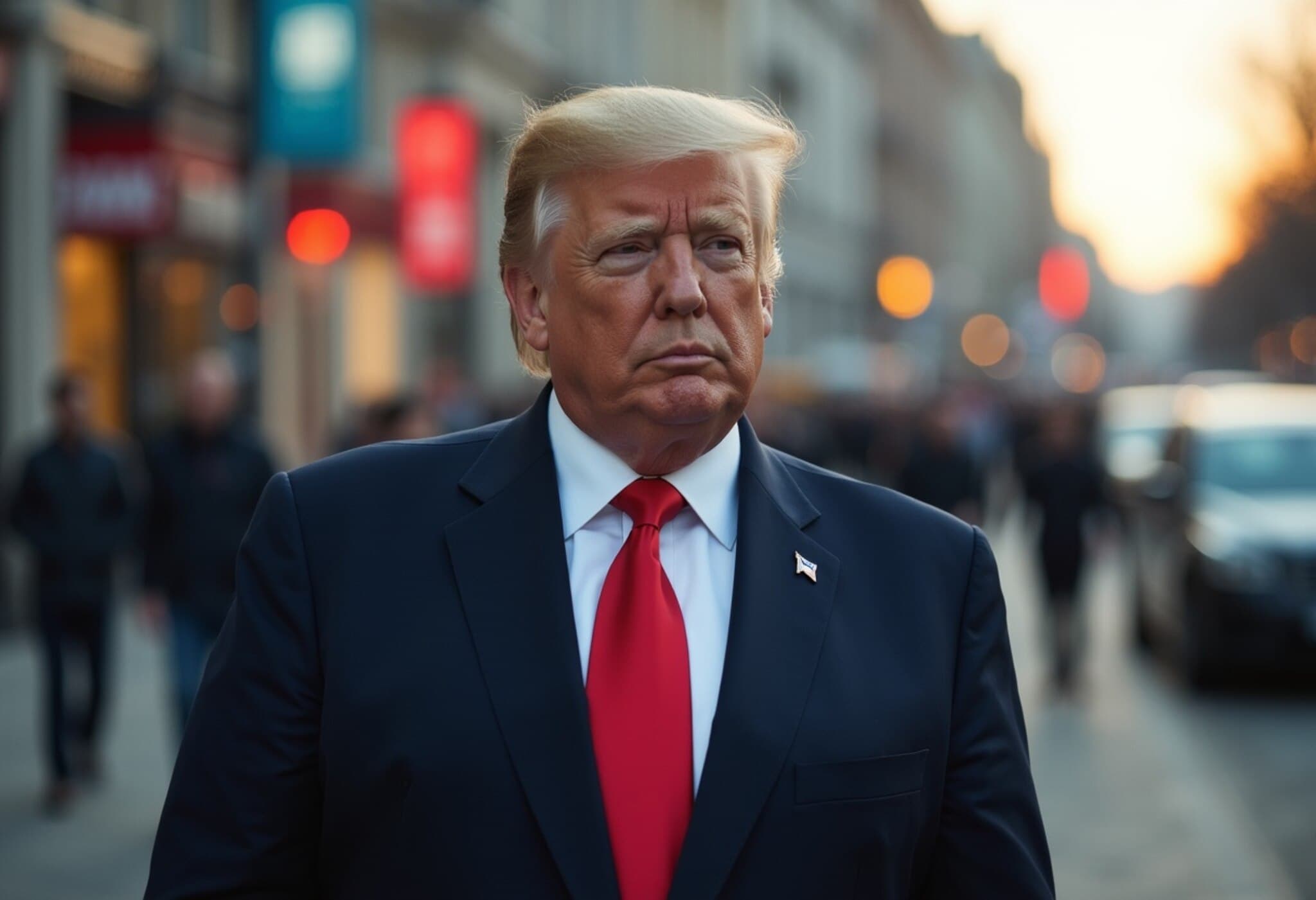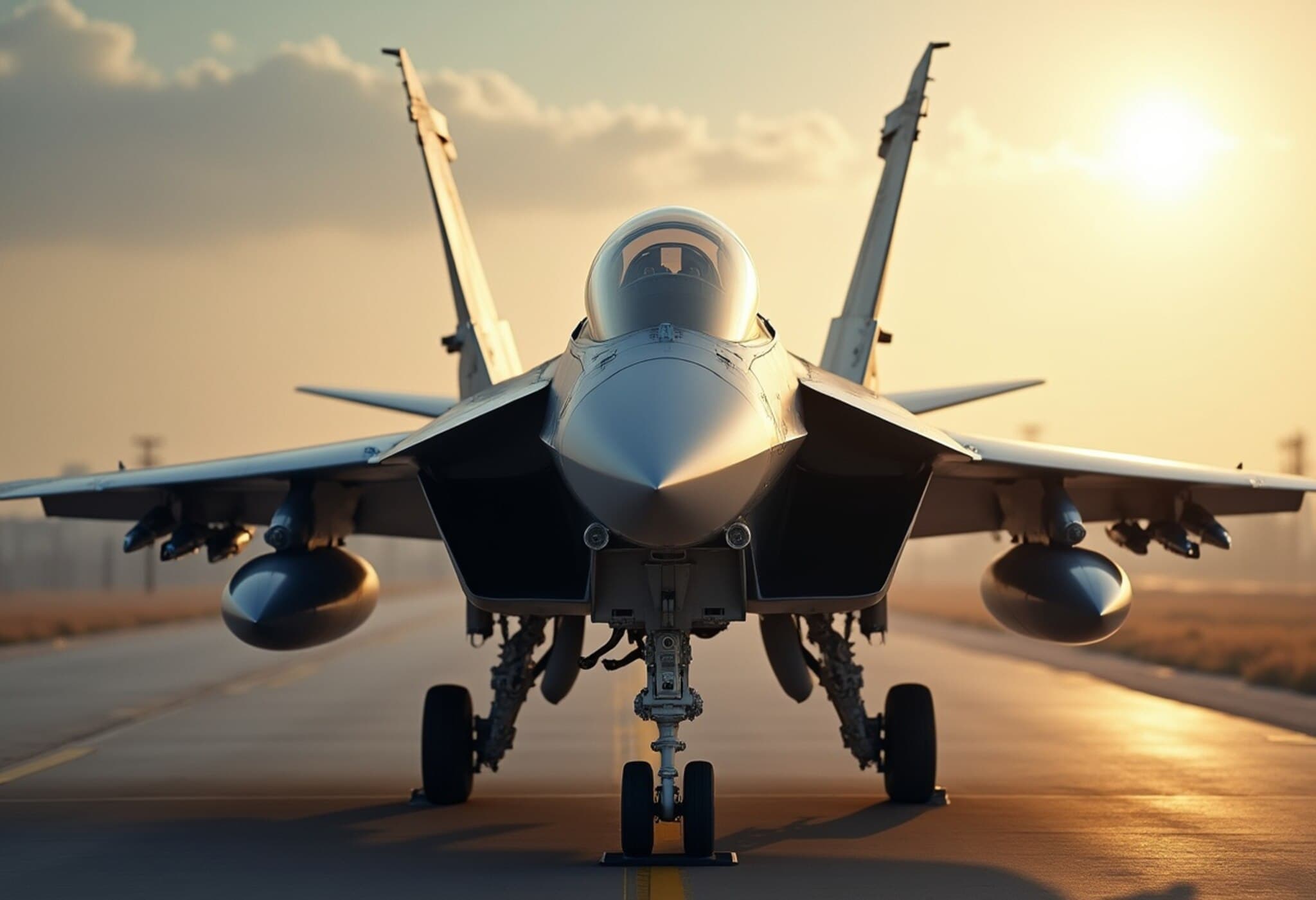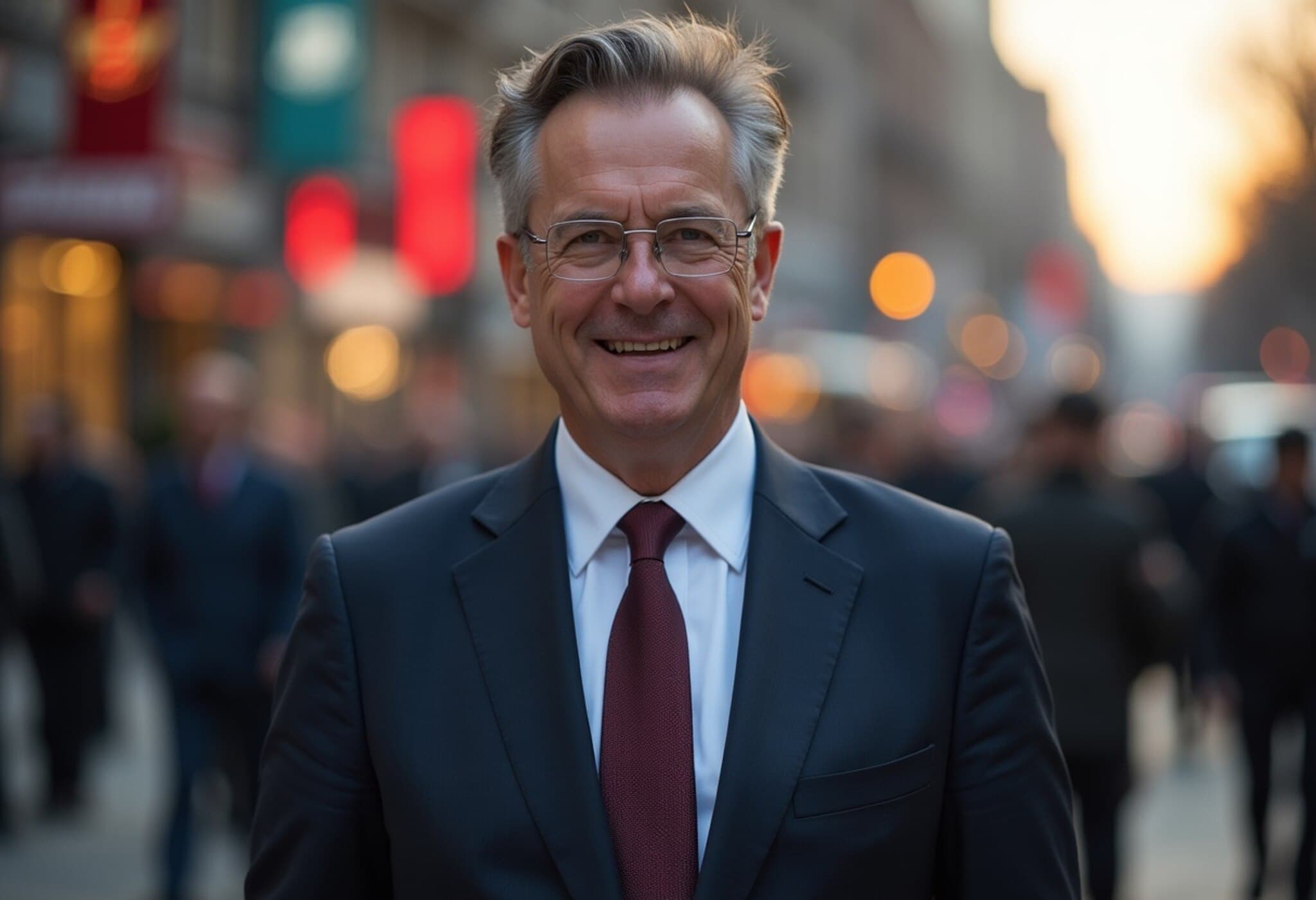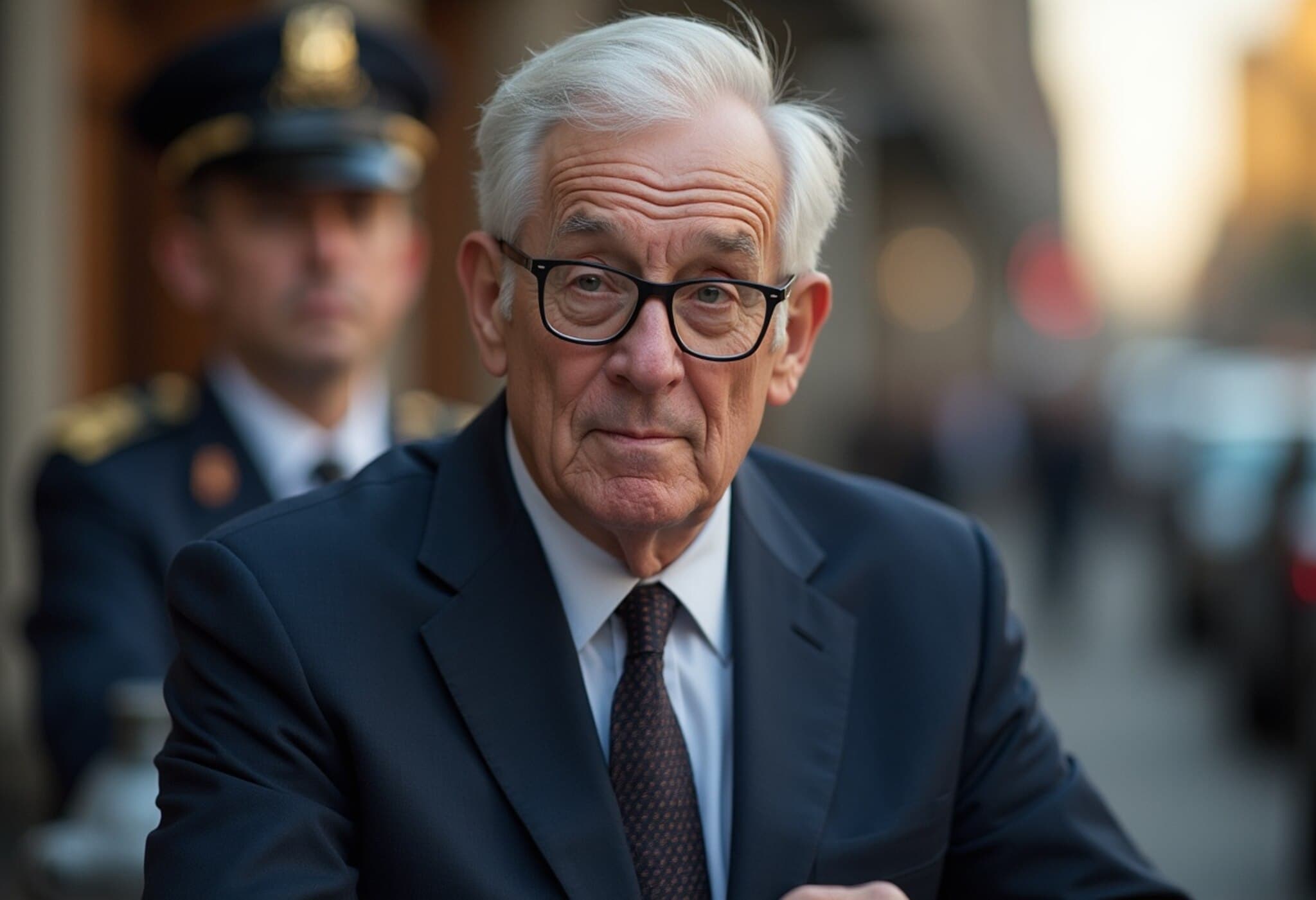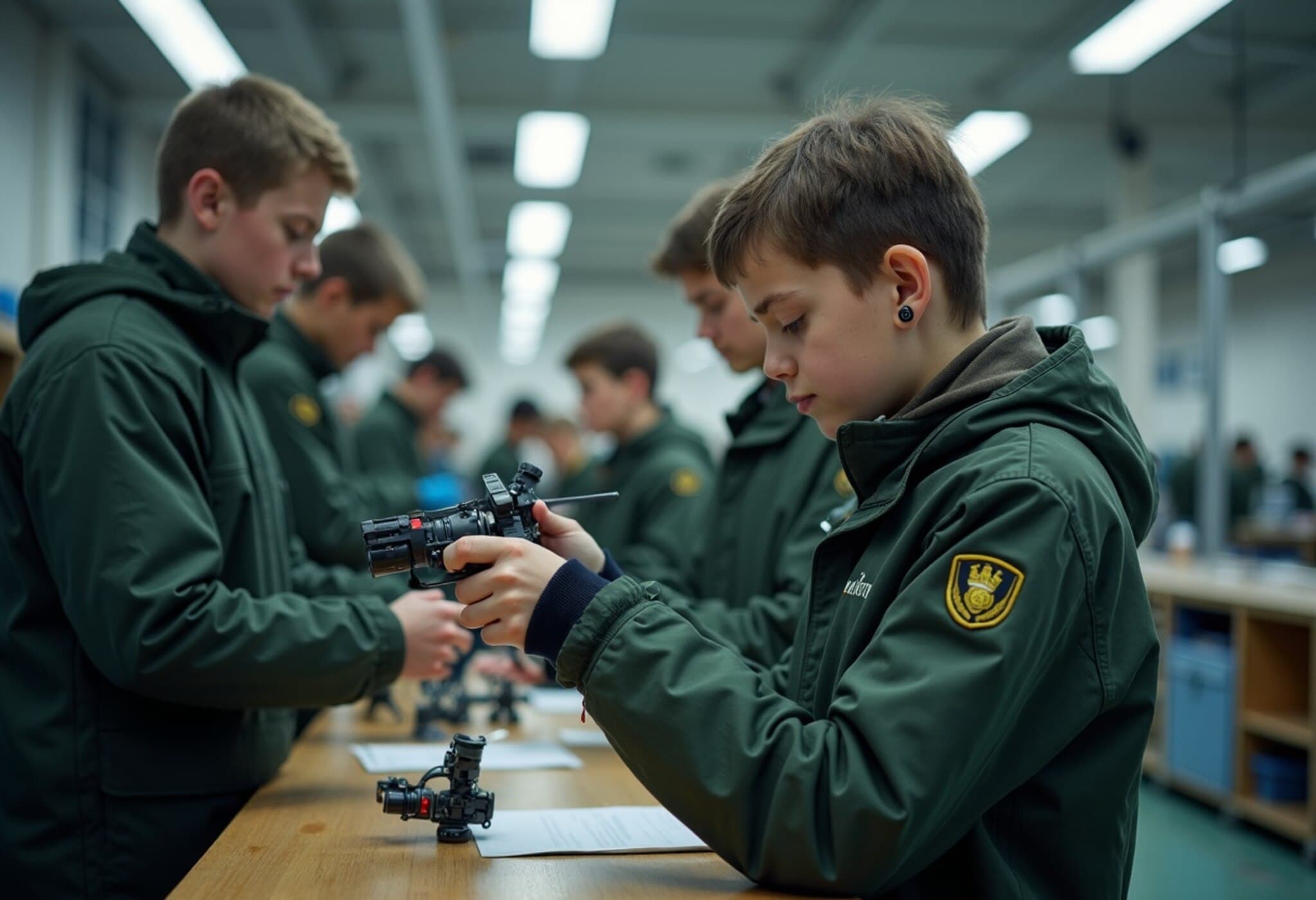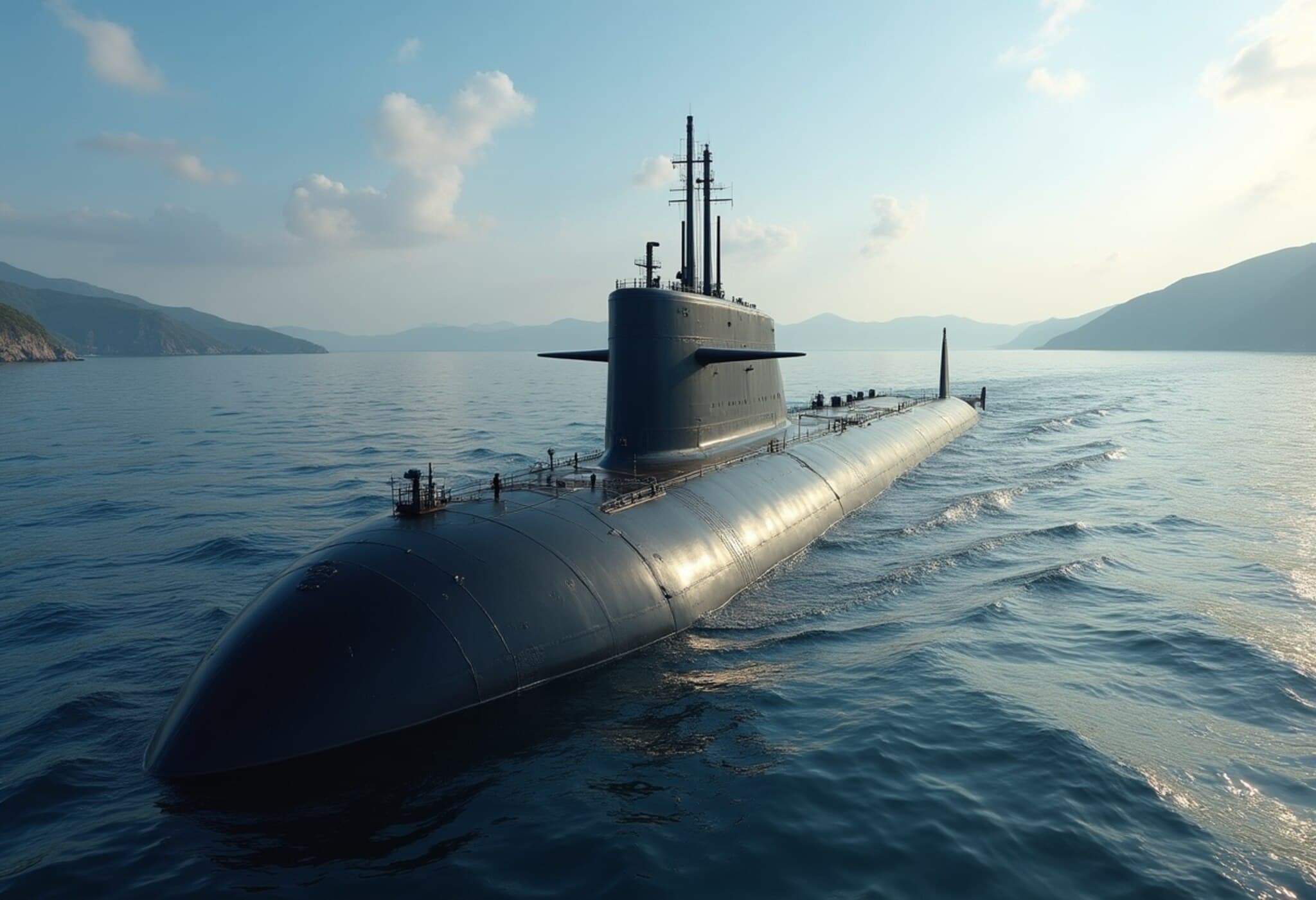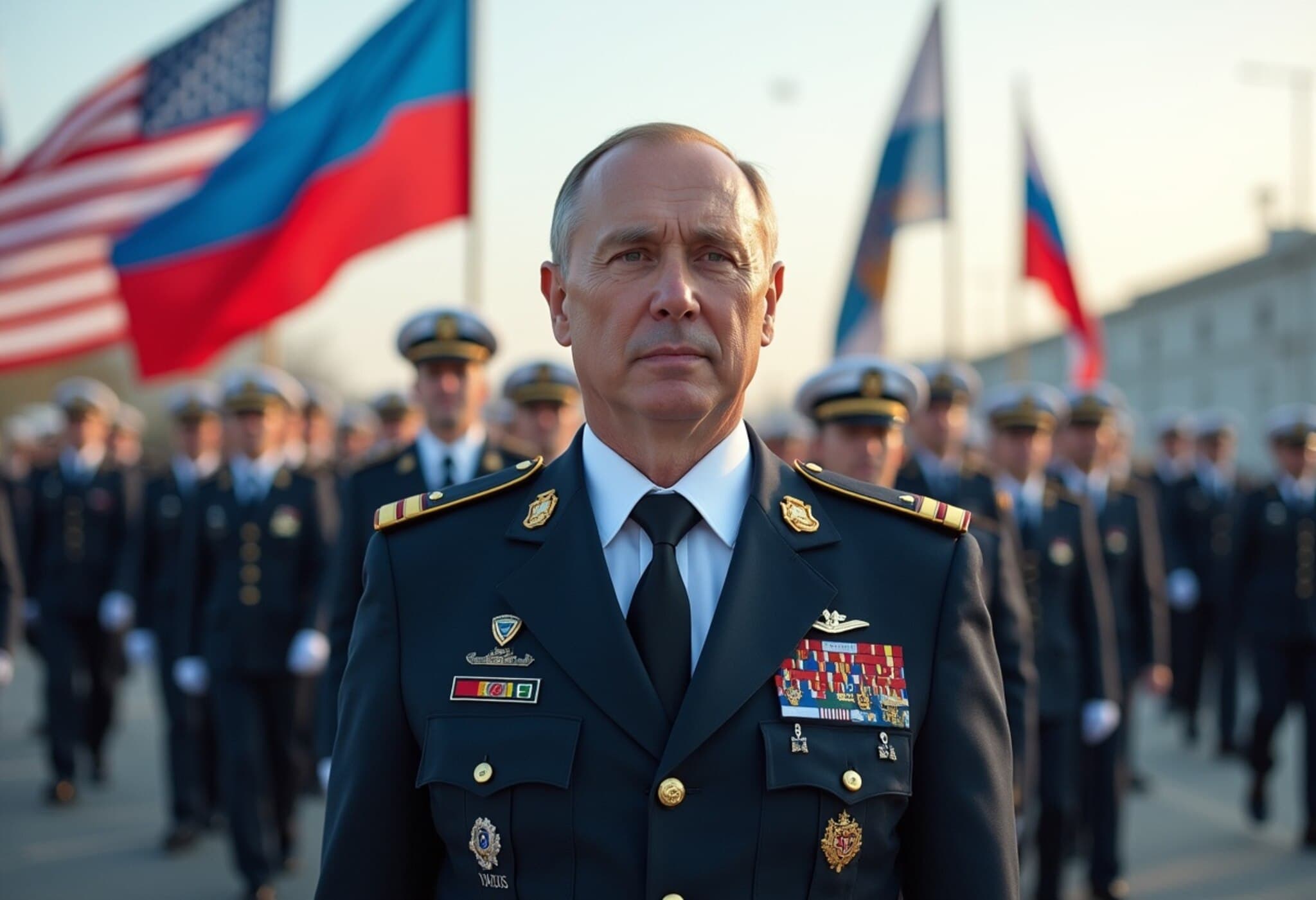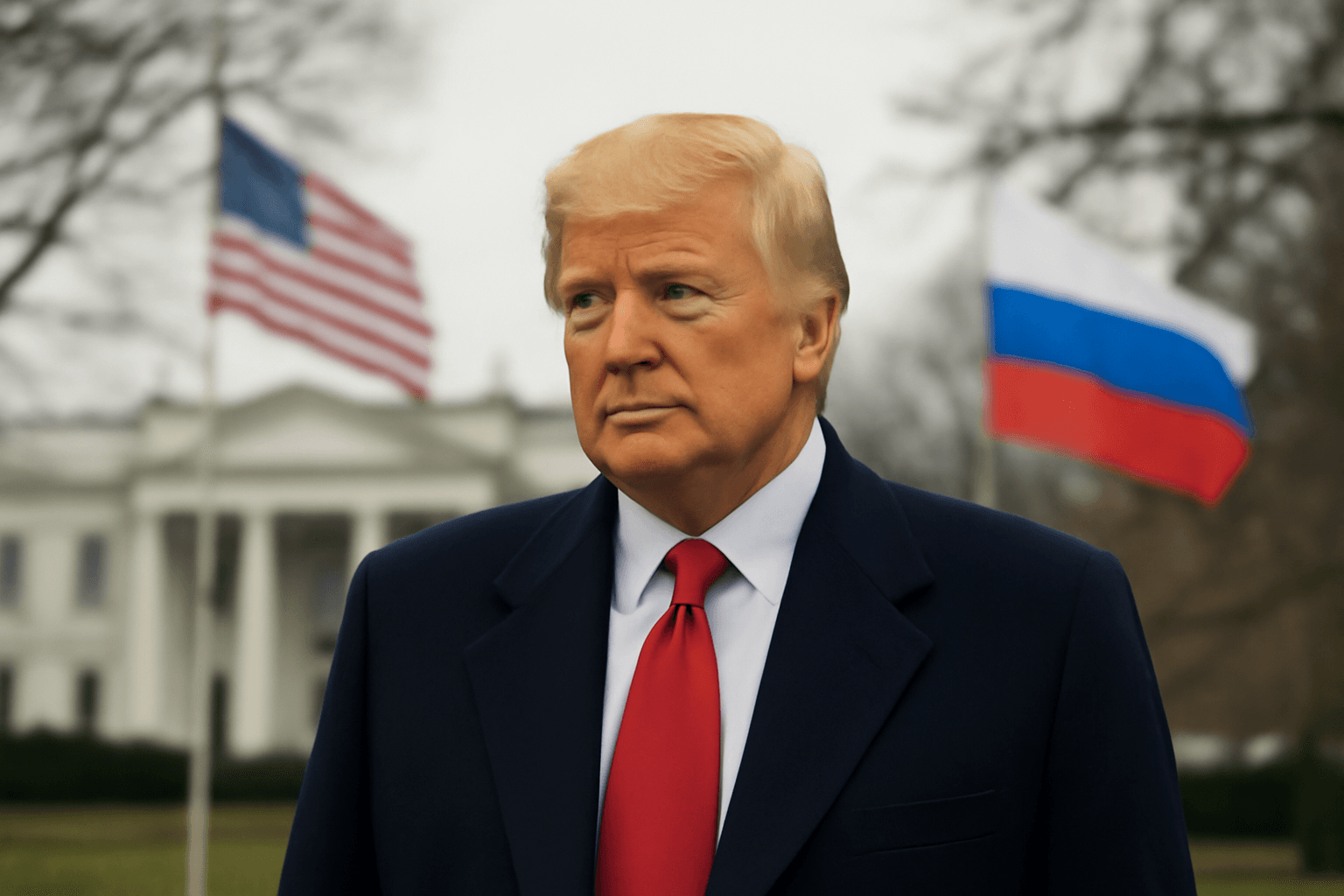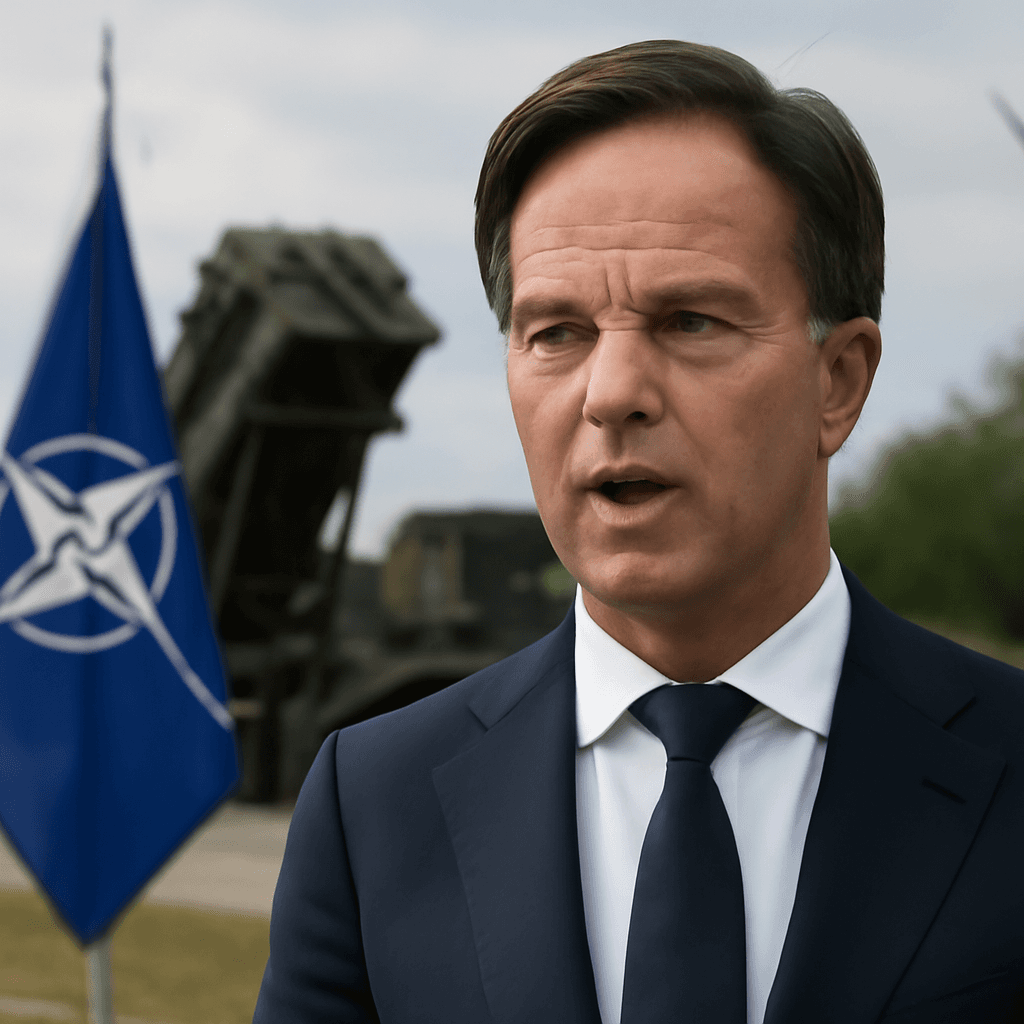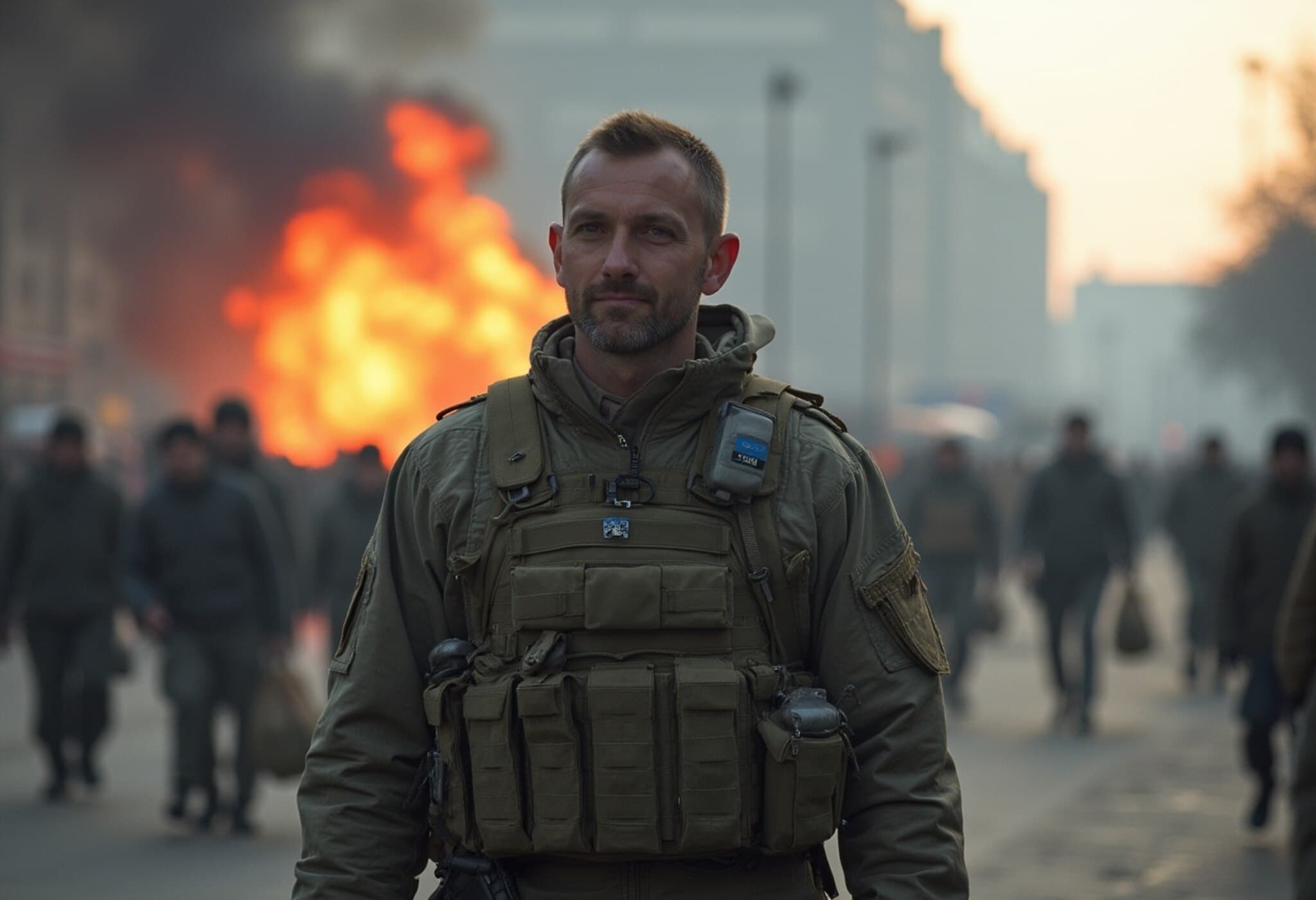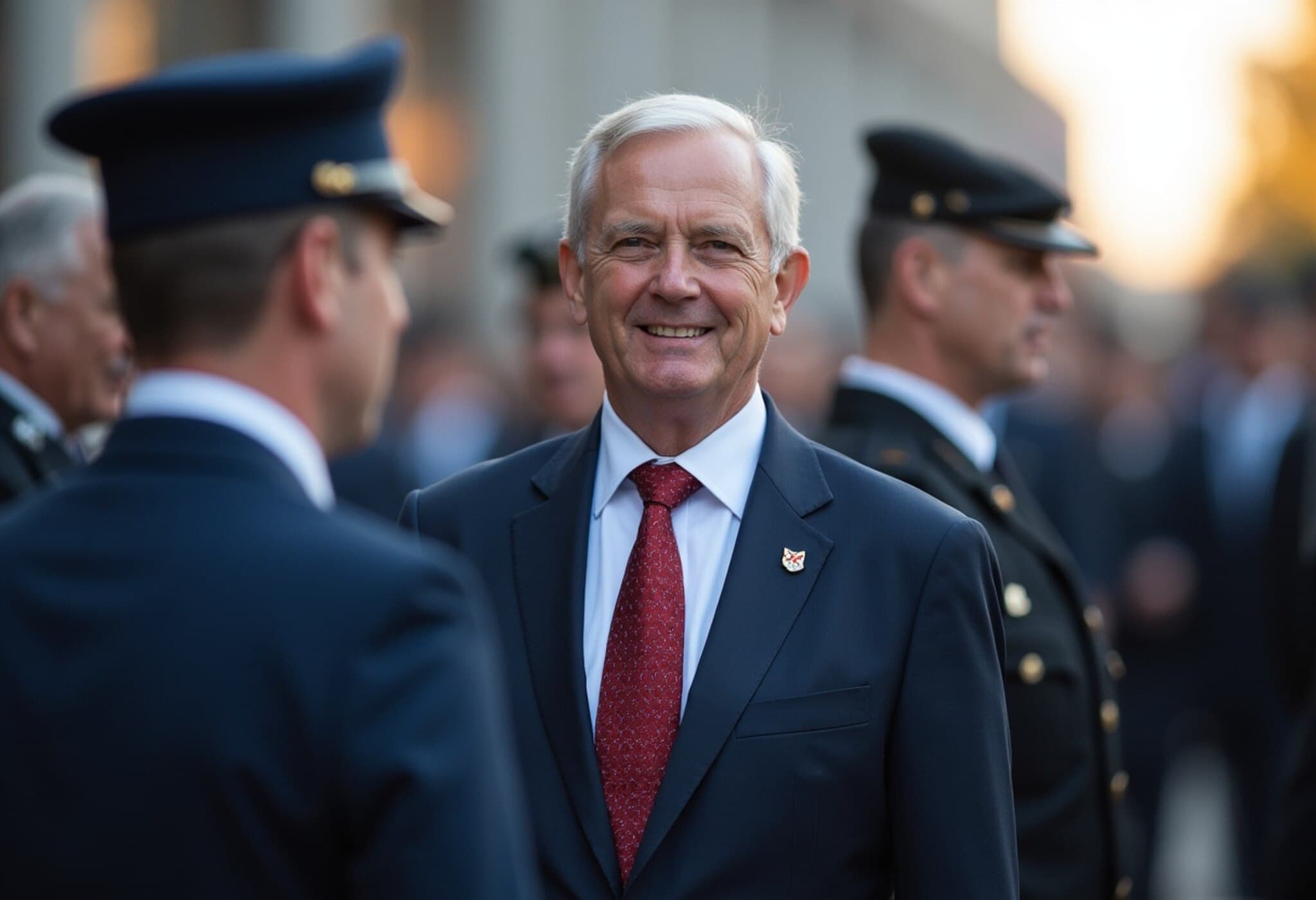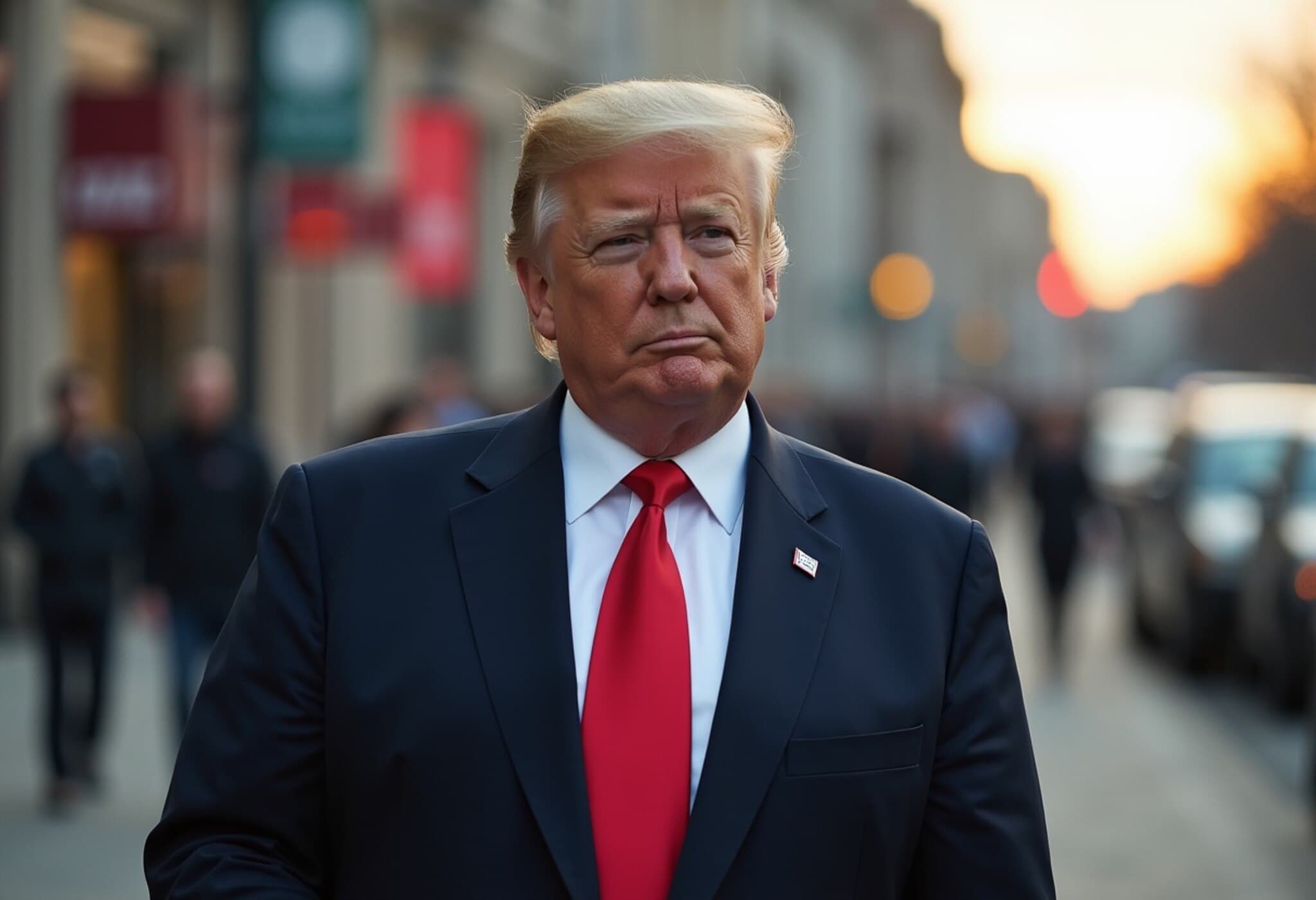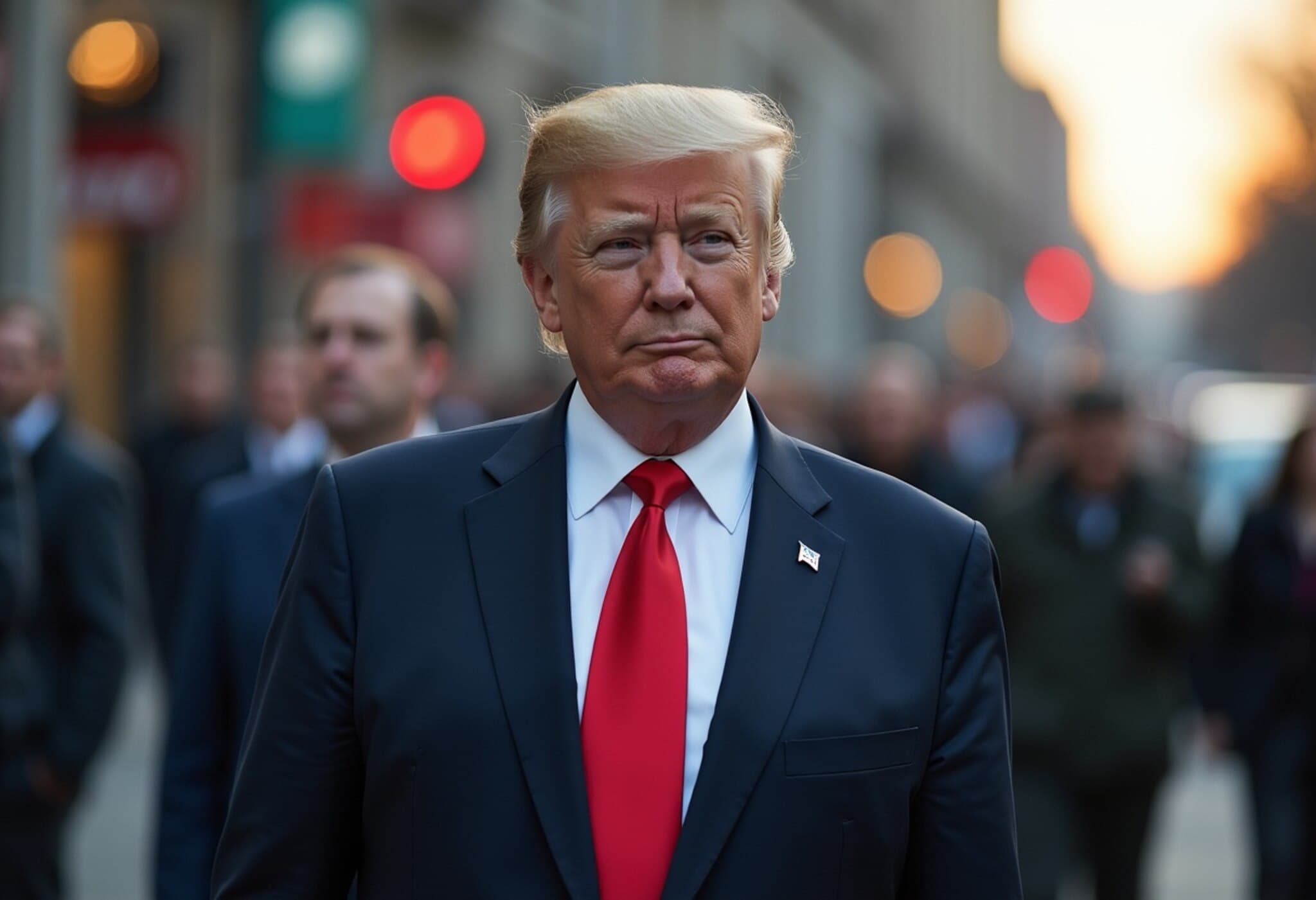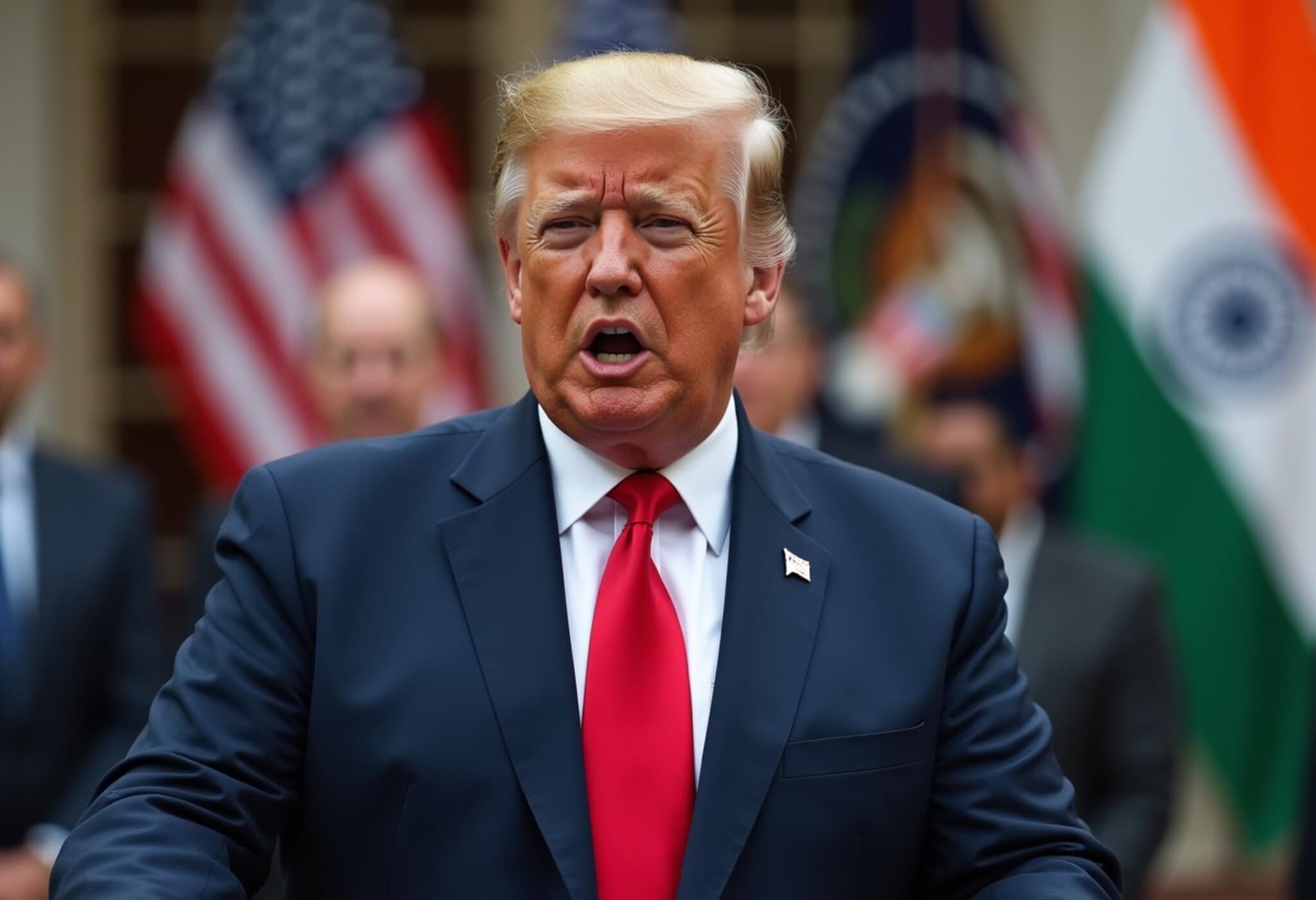Trump Commits to Renewed U.S. Military Support for Ukraine Amid Escalating Conflict
In a notable policy pivot, former U.S. President Donald Trump announced on July 8, 2025, that the United States will replenish and increase arms shipments to Ukraine, reversing a recent Pentagon decision to pause critical weapons deliveries. This shift comes at a tense moment as Ukrainian forces face intensifying Russian attacks, especially aerial drone bombardments that have inflicted significant civilian casualties.
From Caution to Commitment: The U.S. Military Supply Debate
Last week, the Pentagon paused shipments of advanced munitions including Patriot missile systems, precision-guided artillery rounds, and Hellfire missiles, citing concerns over depleting U.S. stockpiles. The announcement caught allies and Kyiv officials off guard, raising questions about Washington's long-term strategy for the three-year conflict in Ukraine.
However, Trump, speaking at a White House dinner with Israeli Prime Minister Benjamin Netanyahu, expressed frustration with Russia’s ongoing aggression and made it clear that “we have to send some more weapons — defensive weapons primarily”. He emphasized the urgent need for Ukraine to defend itself amid rising Russian attacks and pledged a renewed commitment to military support.
Ukraine’s Bolstered Defense and International Collaboration
Ukrainian President Volodymyr Zelenskyy recently announced that Kyiv has secured multiple agreements with European partners and a prominent U.S. defense firm to ramp up drone production. This surge aims to deliver “hundreds of thousands” of drones within the year, a key asset for countering Russia’s drone warfare tactics, particularly the long-range Shahed drones targeting civilian and military sites alike.
Ukraine’s innovative use of interceptor drones and homegrown defense systems reflects a broader strategy to offset manpower shortages and maintain frontline resilience. The escalating intensity of drone strikes—over a thousand launched in the past week alone—has inflicted casualties across major regions including Odesa, Kharkiv, Kyiv, Sumy, and Donetsk.
Geopolitical and Domestic Ramifications
The weapon shipment pause and subsequent reversal underline a complex balancing act within U.S. policy circles as they weigh military support against stockpile sustainability and broader geopolitical implications. Senator Lindsey Graham’s proposal of a 500% tariff on imports from countries purchasing Russian oil, notably China and India, signals aggressive economic tactics to pressure Moscow but could have reverberating effects on global markets and diplomatic relations.
Moreover, Russia’s internal turmoil has been spotlighted by the recent death of Transport Minister Roman Starovoit, officially ruled a suicide following his dismissal amid investigations into alleged embezzlement related to defense infrastructure failures. This development hints at deeper cracks within Russia’s war apparatus and governance amid continued military setbacks, particularly in contested areas like Kursk.
Expert Analysis: The Road Ahead for U.S.-Ukraine Military Cooperation
From a strategic standpoint, the U.S. appears to be recalibrating its approach to Ukraine by prioritizing defensive aid that not only sustains but enhances Kyiv’s ability to repel Russia’s increasing drone and missile campaigns. The renewed weapons support coincides with a broader reevaluation of global arms distribution policies, reflecting America’s intention to remain a key security partner without overextending its resources.
For Ukraine, the pursuit of self-sufficiency in drone production, coupled with international defense partnerships, could be pivotal in sustaining its defense over the long haul. Yet, questions persist about how rapidly this build-up can offset the sheer scale of Russian offensives and whether renewed U.S. support will translate into a tangible shift in the conflict dynamics.
Summary: A Nation’s Struggle Amid Global Stakes
As Russia intensifies attacks targeting Ukrainian recruitment and civilian areas, the frontline continues to stretch under pressure. The U.S. decision to recommit militarily offers Ukraine renewed hope, but also underscores the fragility and complexity of international support mechanisms in protracted conflicts.
- Key Fact: Russia launched over 1,270 drones and 39 missiles in one week, marking one of the highest intensities of attacks yet.
- Impact: Multiple civilian casualties and infrastructure disruptions persist, highlighting urgent humanitarian concerns.
- U.S. Policy: Weapon shipment pause was part of a global review ensuring alignment with American strategic interests.
- Economic Angle: Proposed tariffs on Russian oil buyers could reshape energy politics and diplomatic ties.
Editor’s Note
The evolving military aid narrative between the U.S. and Ukraine is emblematic of the intricate web of defense, diplomacy, and domestic politics shaping the war’s trajectory. While renewed weapons shipments are a vital lifeline, sustainable peace likely hinges on parallel efforts towards diplomacy and conflict resolution. Readers should consider how nuanced defense commitments interplay with global economic strategies and geopolitical stability in Eastern Europe’s enduring crisis.

